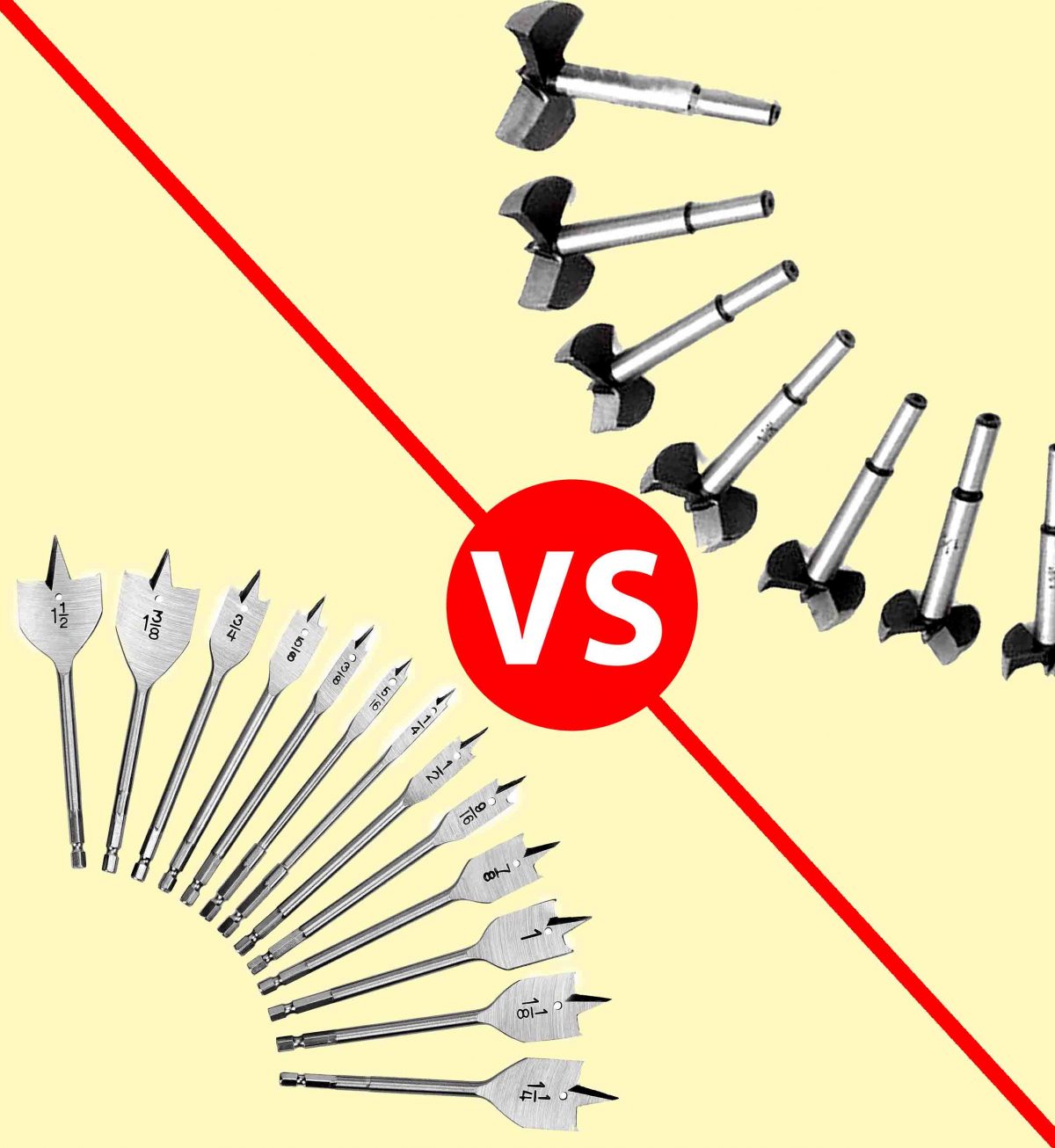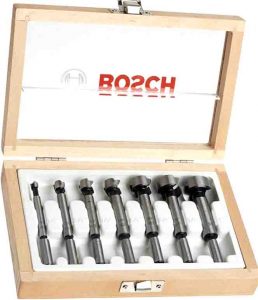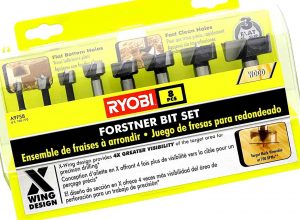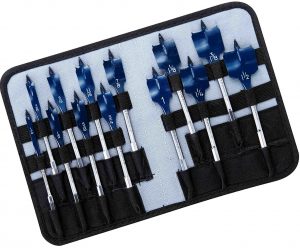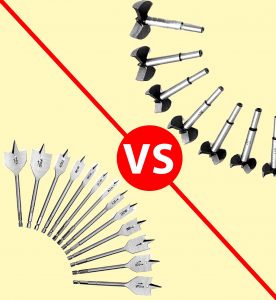 Novice woodworkers often wonder about the advantages and disadvantages of the various tools that can perform similar functions and forstner bit vs spade bit problem is one of the most common.
Novice woodworkers often wonder about the advantages and disadvantages of the various tools that can perform similar functions and forstner bit vs spade bit problem is one of the most common.
Should you use a spade bit or forstner one? Which bit will provide the best performance and accuracy? We’ll help you to find answers!
Table of Contents
What are they designed for?
Spade bits are mostly used for rough drilling in wood. They are good for faster cutting in construction where tear out doesn’t matter, such as holes in floor joints, studs, etc. The bits are ordinarily available in diameters from ¼ to 1½ inches.
Forstner bits have cylindrical cutter around the perimeter, it helps to guide the bit into the material and shears the wood fibers at the edge of the bore. The cylinder may also have teeth that add more cutting edges to cut faster. Forstners are commonly available in sizes from 0.3″ to 2.0″ diameter. But you can find bits up to 4″ (see also our best Forstner bit set review).
Both Forstner and Spade bits make flat bottom holes. Since both bit types remove a large volume of wood and drill large holes, you shouldn’t go too quick.
If you are going to drill into end grain, neither Forstner bits nor spade ones work very well at the bottom of the hole, when they chop the fibers across the grain.
Forstner Bit vs Spade Bit: cleanliness and precision of the cut
Spade tends to leave quite a messy entry point and starts a bit wobbly and at times. They also tend to cause splintering when they emerge from the workpiece. You can avoid this by finishing the hole from the opposite side, but it takes extra time and effort. So in general, spade bits are and good for rough holes through stock.
A Forstner bit makes holes with much cleaner sides. The bottom is also more clean and flat, so you can make specific depth holes easier. You can think of the Forstner bit as a rotating plane. It “shaves” the hole. But the planes work good only at slow speeds and light pressure. Even then Forstner bits heat up pretty quickly. Toothed bits works quicker, but the result is not so precise.
Thus, if you just want to make a hole, the spade bit will do it quickly, but if you need a consistent diameter hole with smooth sides, use the Fortsner.
Efficiency comparison
Spade bits are intended for high speed use and are most often used with electric hand drills. You can even use them to cut thin aluminum and copper. Spade drill bits also work better with plastics as they are less prone to overheating and melting the material. You can also sharpen and even tune up a spade bit to make a cleaner cut. Sharpening Forstners is much difficult.
Forstners are not high-speed bits at all. With them you should use the slowest speeds. And make sure that you do not apply a lot of pressure when using them, especially when drilling hardwood. You can use Forstner bits in a hand driven drill but they work much better in a drill press because of the extra control of downward force that a press can apply. I use them in a handheld drill too, but I gotta put some weight into it, and clean out the hole more often.
So, when working in rough construction with pine or other soft woods, spade bits are much more efficient. But for fine woodworking I would say spend a little more money and buy some good Forstner bits.
Forstner Bit vs Spade Bit in a drill press
Forstners deliver much better results than spade bit when used in a drill press. A spade bit works like a chainsaw, where a Forstner bit cuts more like a table saw with a fine blade.
With Forstner bits you can drill overlapping holes, and they are the only bits that are suitable for this. They also drill into angled sides vertically, making hole alignment and spacing easier than with any other drill bit. And while even in a drill press, the spade drill works faster, the versatility, precision and cleanliness of the Forstner drill make it the undisputed winner.
Conclusions
The winner of forstner bit vs spade bit question depends on the project, because if you won’t mind shaving the hole down a little bit spade bits are just fine.
Spade bits are much cheaper and good for rough holes through stock. They are flat, compact, and lightweight, you can easily carry them in your toolbox.
Forstner bits chip less, have cleaner cuts but work much slower, are more expensive, take up more space and weigh more.
Due to the complex design and high cost, best Forstner bit set is carried in a box to avoid damaging the cutting edge on the inner cylinder. This is convenient in the workshop, but not at all suitable for those who carry tools with them.
Most times, better to use the Forstner bits in a drill press, whereas the spade is often used in a corded drill.
